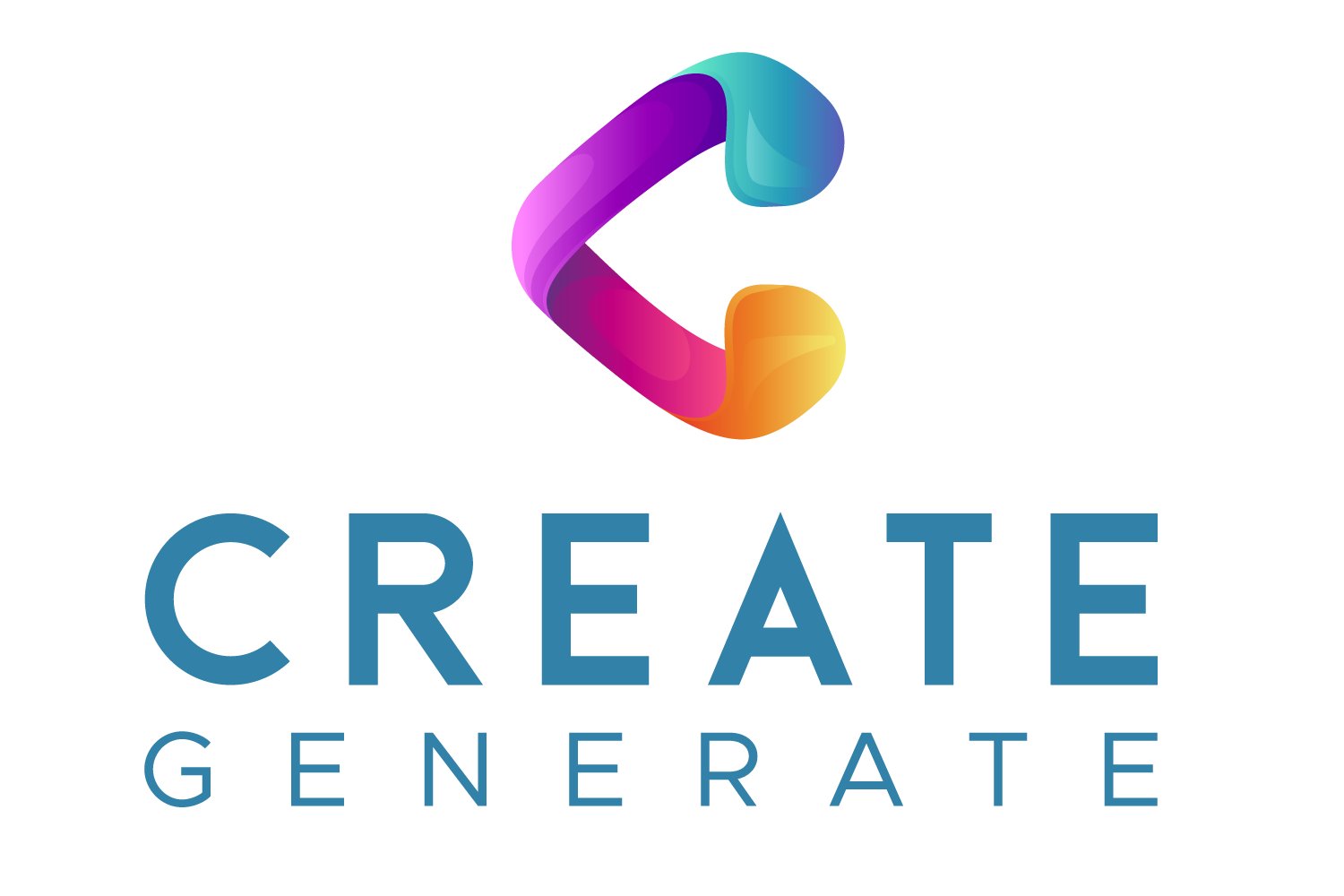Let’s talk cookies – not the delicious, chocolate-chip kind, but the digital ones that have played a crucial role in the online marketing and advertising landscape. In this article, we delve into the fascinating world of cookies, why they are being phased out, and how marketers can prepare for a future without them.
Understanding Cookies:
Cookies, those small text files stored on your device by websites, act like digital sticky notes, remembering your preferences, tracking your online behaviour, and storing login information.
Dividing themselves into two distinct categories: first-party and third-party cookies. The first-party cookies are under the meticulous care of the websites you choose to explore. They hold the key to personalised user experiences, remembering your preferences, login details, and other essential information to enhance your digital journey within a specific domain.
On the other side of the digital coin, we encounter the enigmatic third-party cookies, crafted by external domains that weave their way into your online interactions. Often serving the agenda of targeted advertising, these cookies transcend individual websites, leaving a trail of your virtual footprints across the internet. They gather insights into your browsing habits, interests, and preferences, ultimately shaping the advertisements that populate your online environment.
However, concerns over data privacy, especially with third-party cookies, have led to a shift toward a cookieless future.
Why Cookies are Being Phased Out:
Heightened privacy concerns, regulatory responses like GDPR and CCPA, and technological shifts by major players like Apple and Google are driving the move away from traditional cookies. The decline of cookies signals a significant transformation in digital advertising towards ethical and privacy-centric practices
The Cookieless Future:
As we move away from third-party cookies, the emphasis shifts to first-party data strategies. Websites are exploring alternative identifiers and methods for collecting data with transparent consumer consent, adhering to data compliance and respecting user privacy. While the initial phase-out of third-party cookies may seem limiting, it is spurring innovation in ad targeting. The focus is shifting towards contextual advertising and privacy-conscious methods of tracking user behaviour.
Innovations and Alternatives:
Initiatives like Google’s Privacy Sandbox and advancements in ad fraud prevention are paving the way for a cookieless future. The industry is actively exploring opportunities for targeted advertising while respecting user privacy and ensuring ethical data practices..
Amid this transformation, several promising avenues ensure a delicate balance between user privacy and marketers’ quest for relevance in content delivery. Here are some of the best alternatives:
First-party data:
- Delving into the realm of direct audience engagement, first-party data emerges as a beacon of personalisation. Information like email addresses, purchase history, and site behaviour, when wielded with proper permissions, becomes a potent force in a cookieless era. Elevate your first-party data strategy by integrating advanced analytics and CRM systems. These tools empower segmentation and analysis, unlocking the full potential of personalised content and predictive modelling for future consumer behaviours.
Contextual targeting:
- Shifting focus from user tracking, contextual targeting revolves around the content users consume. By aligning ads with the context of the content, marketers deliver relevance without breaching user privacy. Embrace the potential of artificial intelligence (AI) to refine contextual targeting. AI’s prowess in deciphering content nuances ensures that ads not only align with the subject matter but also resonate with emotional tones, fostering increased engagement and effectiveness.
Identity resolution:
- Crafting anonymised user profiles based on shared attributes such as location, age, and interests, identity resolution emerges as a privacy-friendly alternative to cookies. Grouping users with similar characteristics allows marketers to target ads without invasive individual tracking. Bolster identity resolution with data enrichment techniques, incorporating non-sensitive data to deepen insights into user groups. Leveraging publicly available data or aggregated insights provides a comprehensive view, facilitating more effective and respectful ad targeting.
As the industry adapts to a cookieless future, these alternatives represent the vanguard of innovation. Evolving alongside technological shifts, marketers and advertisers can anticipate more creative solutions on the horizon, each designed to uphold user privacy while offering new tools for crafting compelling and respectful online experiences.
Conclusion:
The cookieless future is not the end but a new beginning for online advertising. As we bid farewell to cookies, marketers have the opportunity to embrace growth and innovation. By staying proactive and adapting to the changing landscape, they can navigate the challenges ahead with confidence and optimism.
Contact us today and see how we can Create to Generate together.

